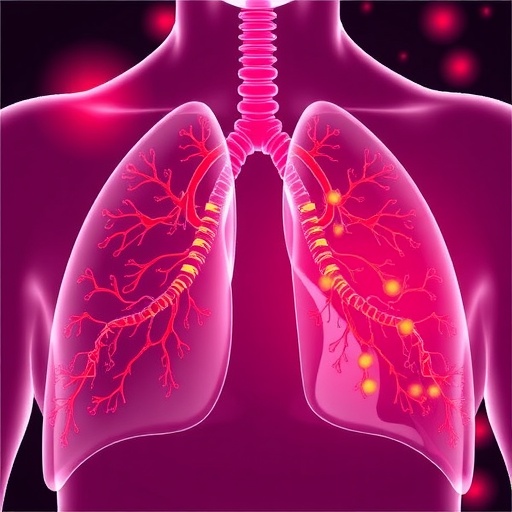The mechanisms that orchestrate the functions of our bodies and keep us healthy are quite complex, involving critical molecular components that are still poorly understood. The prestigious journal Nature Communications has published recent research on this topic by a team led by Dr. El Bachir Affar, a professor in the Department of Medicine, Faculty of Medicine at the Université de Montréal and researcher at the Centre de Recherche de l'Hôpital Maisonneuve-Rosemont. Their work highlighted the crucial role played by a very specific protein, known as BAP1, in preventing cancer from developing. This discovery was made in collaboration with several other teams, including the one headed by the co-principal investigator, Dr. Marc Therrien, a professor in the Department of Pathology and Cell Biology, Faculty of Medicine at the Université de Montréal and researcher at the Institute for Research in Immunology and Cancer (IRIC).
What does BAP1 do?
Decades of research have shown that each of our cells is like a factory employing thousands of workers (who are, in this case, active proteins with highly specific roles and clearly defined life spans). Inside each cell, proteins communicate with one another so they can carry out their respective functions in perfect harmony. Any disruption in the way they work could lead to serious illnesses such as cancer. BAP1 plays a key role in protecting cells against cancer development–but, like other proteins, this tumour-suppressor can stop working properly. In fact, BAP1 defects are seen in many types of cancer, including mesothelioma, melanoma and renal cell carcinoma. For example, BAP1 malfunctions have been found in one half of patients suffering from mesothelioma, a particularly deadly form of cancer. Dr. Affar's team had previously shown that BAP1 needs partners to remain operational and effectively protect cells, but the exact molecular mechanism of how it works remained unknown.
Using advanced scientific techniques, Dr. Affar's and Dr. Therrien's teams were able to gain a better understanding of certain tumour suppression mechanisms, revealing the molecular symbiosis between BAP1 and its partner ASXL2. This mutually beneficial relationship helps protect cells and, as a result, keep organs cancer-free.
An important mechanism
This research helps us understand how proteins work together and identifies critical protein communication points where breakdowns can lead to cancer. These insights could lead to new cancer diagnosis and treatment strategies, which could in turn significantly improve survival rates among patients with mesothelioma or other cancers. Understanding how communication failures between BAP1 and ASXL2 manifest at the molecular level could make personalized medicine possible.
###
Media Contact
Julie Gazaille
[email protected]
514-343-6796
@uMontreal_news
http://bit.ly/mNqklw
http://dx.doi.org/10.1038/s41467-018-06854-2




